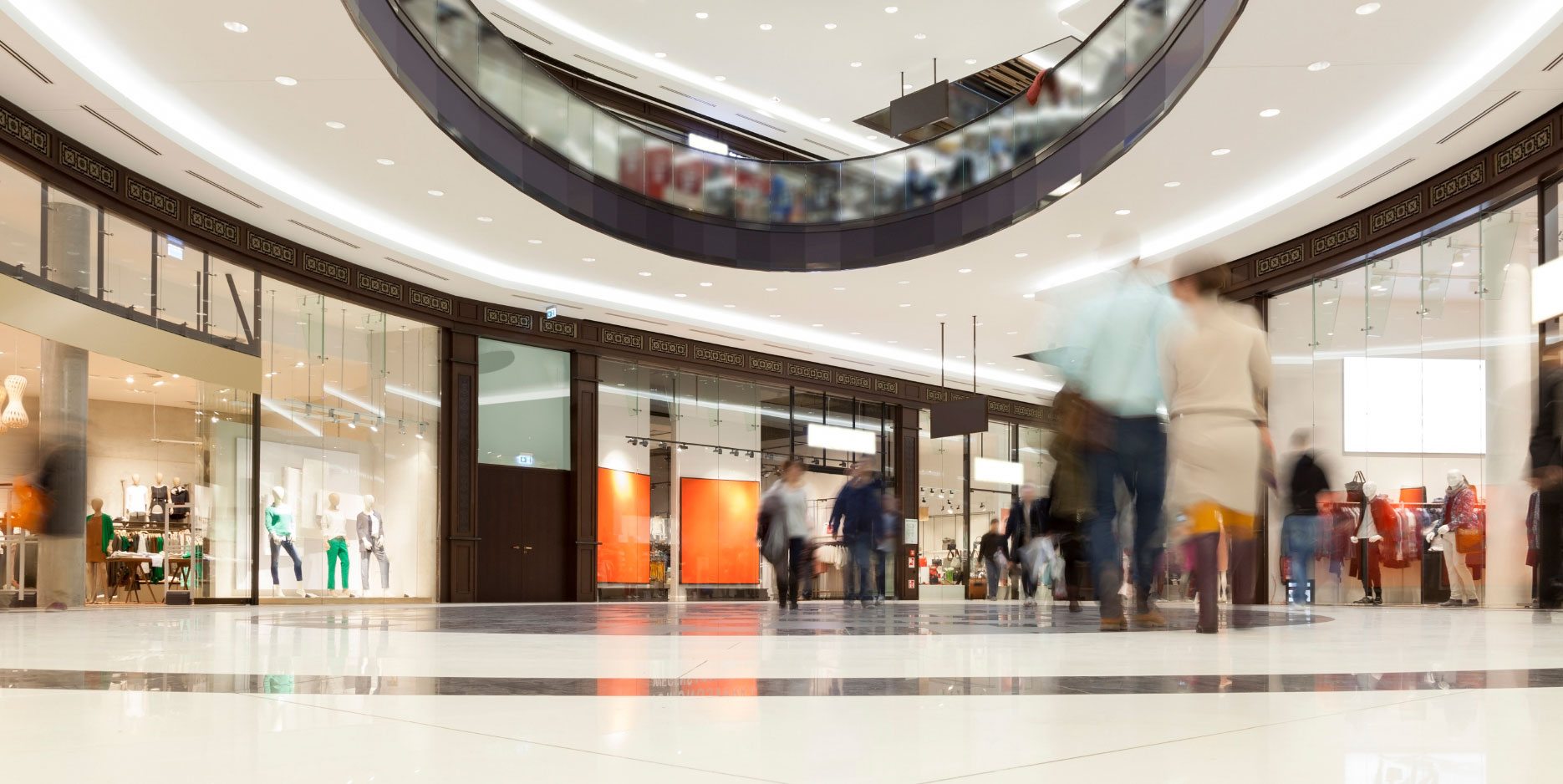Since the advent of digital commerce, the demise of the department stores, chain stores and the mall in general has been a popular prediction. Yet, shoppers, being social creatures, still enjoy going where they can find other people, explore stores and enjoy real-life experiences.[quote]
The International Council of Shopping Centers’ Jesse Tron, spokesperson, says there are still some very strong and powerful department store brands that resonate with a lot of different consumers. But the definition of the mall anchor store will change in the coming years because of the way consumers now shop.
“When the mall and shopping center concept was first conceived, we didn’t have the internet,” Tron explains. “The known commodity was a department store. It was the biggest store and you’d go to a mall to see that — and then discover the other tenants. Now, you can go online and see all the other stores in that center. There’s still the discovery aspect — people come in and don’t know all the stores. But they often go searching for a specific brand — which could also be a restaurant or entertainment. So that store or location is what brought them in that day.”
According to the Cotton Incorporated Lifestyle Monitor™ Survey, the majority of consumers say they compare prices (77 percent), browse styles (73 percent), and read customer reviews (58 percent) online before purchasing clothing in-store.
The work put in by stores and mall owners to understand and appeal to customers is making a difference — especially among Millennials, according to the Lifestyle Monitor™ Survey. The younger set is significantly more likely than older generations to say clothes shopping is a fun social activity for them (70 percent versus 50 percent). They also say they would be more loyal to brands offering product education (57 percent versus 39 percent), and they’re less like to prefer that sales associates leave them alone (77 percent to 86 percent).
Kantar Retail reports that contrary to what many may assume, Gen Y/Millennial shoppers are significantly more likely than all shoppers to regularly make their purchases at regional malls, says Mary Brett Whitfield, senior vice president. Younger shoppers (18-to 34-years old) make up approximately the same share of regular mall shoppers today as they did six years ago.
“Top-tier malls still have no problem attracting shoppers,” says Whitfield. “These malls are most likely to have a combination of entertainment, restaurant, and retail options that deliver a compelling experience, something that is more engaging than the ease of shopping online.”
Department store measures to lure Millennials with youth focused apparel lines, faster fashion, celebrity collections and endorsed products area appealing to Millennials, who are significantly more likely to shop at department stores today (48 percent) than they were 5 years ago (42 percent), according to the Lifestyle Monitor™ Survey.
Growth in shopping at non-mall-based stores has also grown among Millennials, with significantly more shopping at off-pricers (from 34 percent to 41 percent) and online (23 percent to 34 percent) compared with 5 years ago, the Lifestyle Monitor™ Survey shows.
Online shopping is the only venue to have grown its shopper base over the last decade, says Mary Brett Whitfield, senior vice president. Meanwhile, she says, regional malls and power centers (defined by multiple, big-box category killer superstores or other mass retailers) have suffered steep declines. But that doesn’t mean malls are completely finished, she relates. Some are just doing better than others.
Whitfield says that as shoppers have been actively streamlining and simplifying shopping routines in recent years, second- and third-tier malls are increasingly challenged. She adds that outdoor “lifestyle” centers have had some shopper falloff too, but not as dramatic as regional malls and power centers.
Open-air centers grew throughout the U.S. in the pre-recession period as a response to creating something different from the 1,200 regional and super regional existing malls.
“We were in a boom development phase and the idea was open air centers were satisfying a consumer issue,” Tron says. “But it was just a development cycle. The big malls were covering a wide area so if you wanted to build another enclosed mall, you were building too close to your competition. You had to build one with a slightly different mix — maybe open air, maybe luxury. ”
Retailers clearly want to appeal to as many people as possible. But it makes sense for them to grab the attention of the younger generation. A larger percentage of Millennials (62 percent) say they “love/enjoy shopping,” compared with the Gen X (54 percent), and Boomers (40 percent), according to the Lifestyle Monitor™ data. Millennials also spend more on clothes each month than Boomers ($76 versus $47). But both are outspent by the Gen X shopper ($83).
Going forward, Tron says the definition of shopping center format types is expected to change a lot as the hybridization of properties — from mixed use retail/residential to enclosed malls with open air components — continues. Not everything will have water parks, amusement rides or mini golf, but the emphasis on giving consumers new experiences will increase.
“For some centers, the draw could be bringing in a celebrity chef restaurant,” Tron says. “But it’s knowing your demographic and customer base. And that’s where data and technology comes in. When people go online, they leave cookies and retailers have been able to learn a lot about customer preferences from that. Now they’re getting this information from in-store beacon technology, which is totally opt-in by the customers. And understanding how consumers move about within different properties will give shoppers a better overall experience.”
